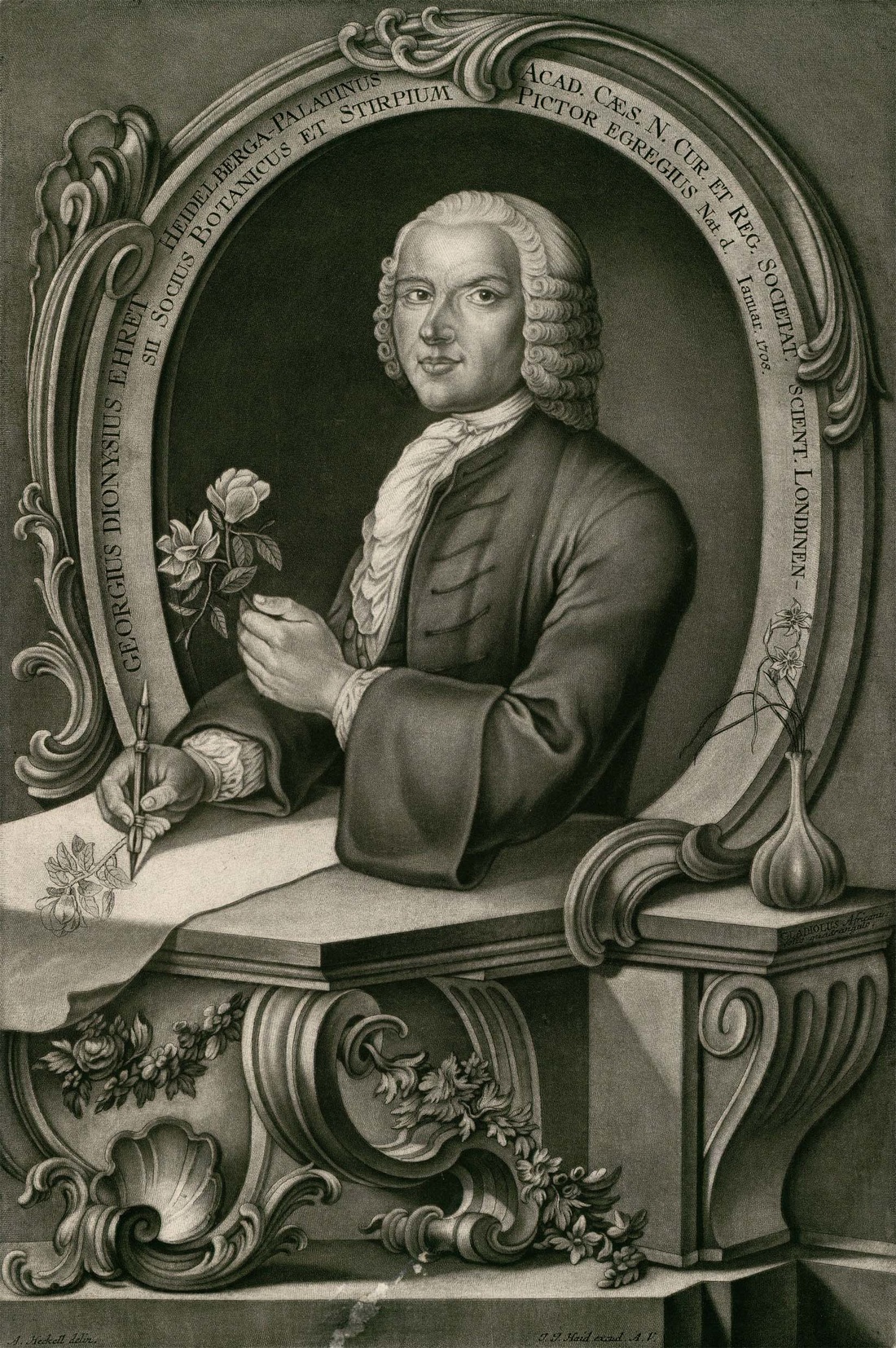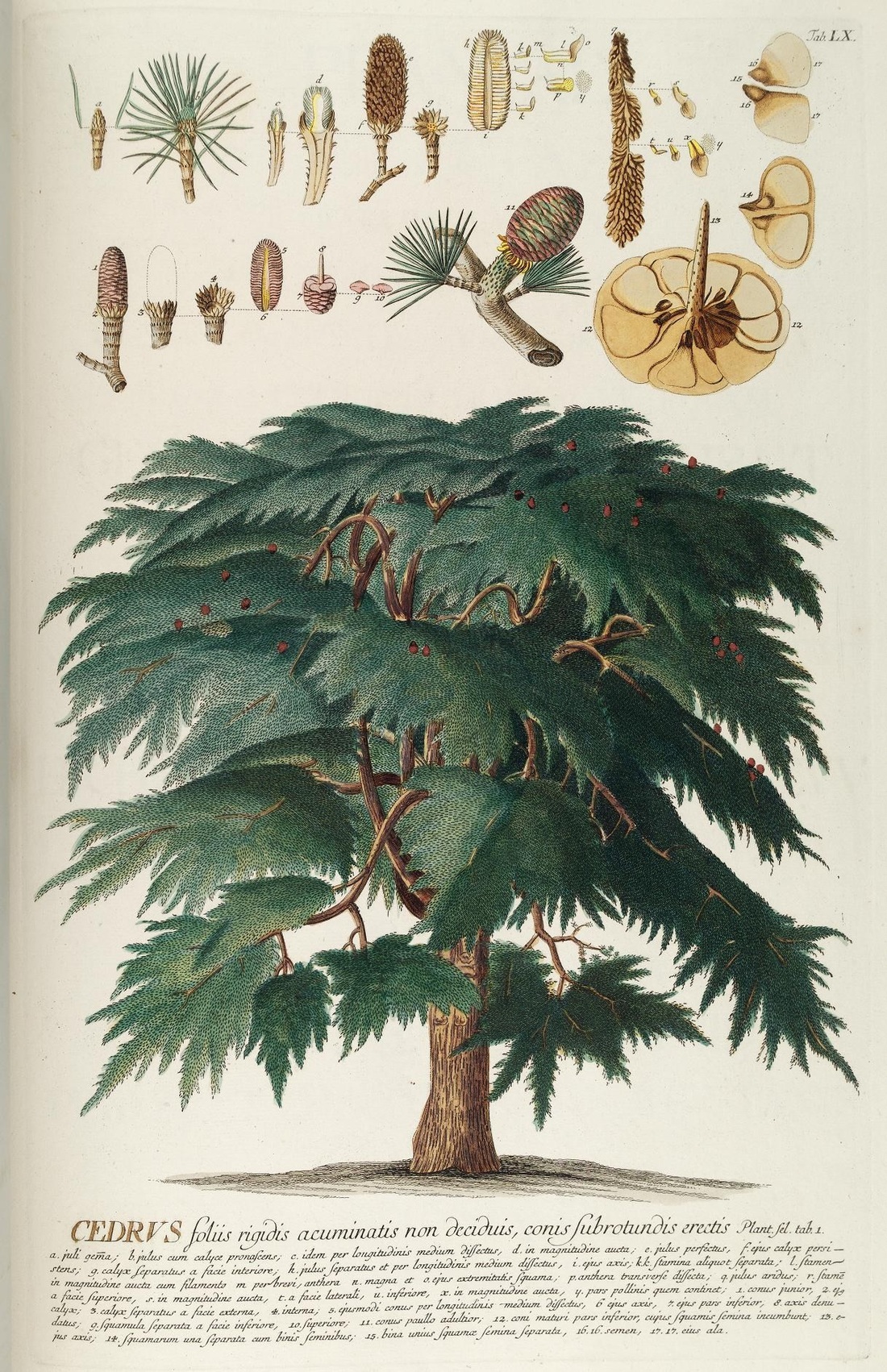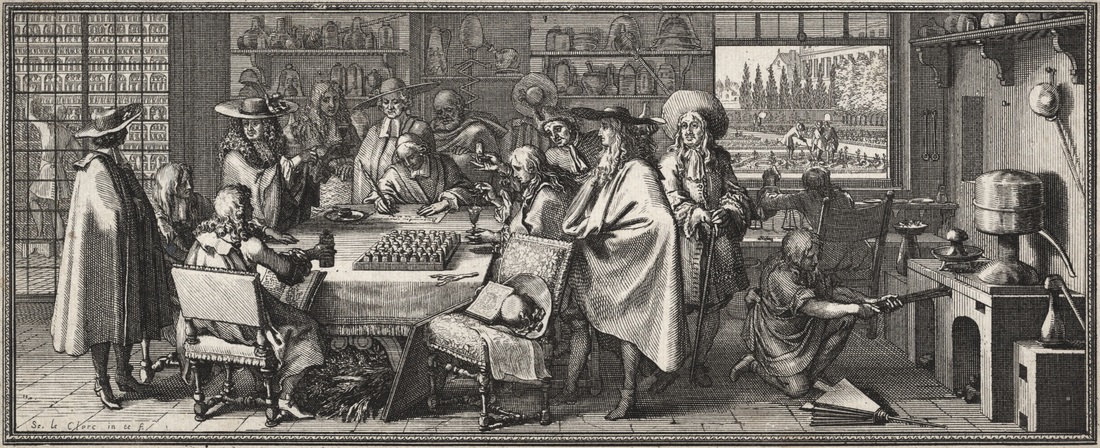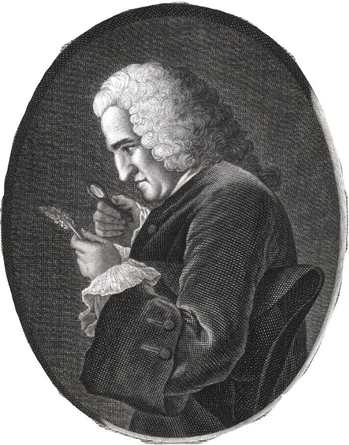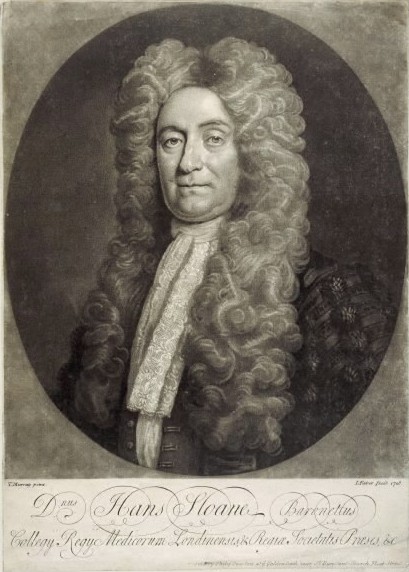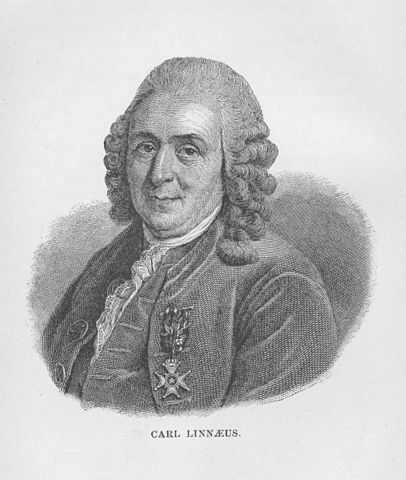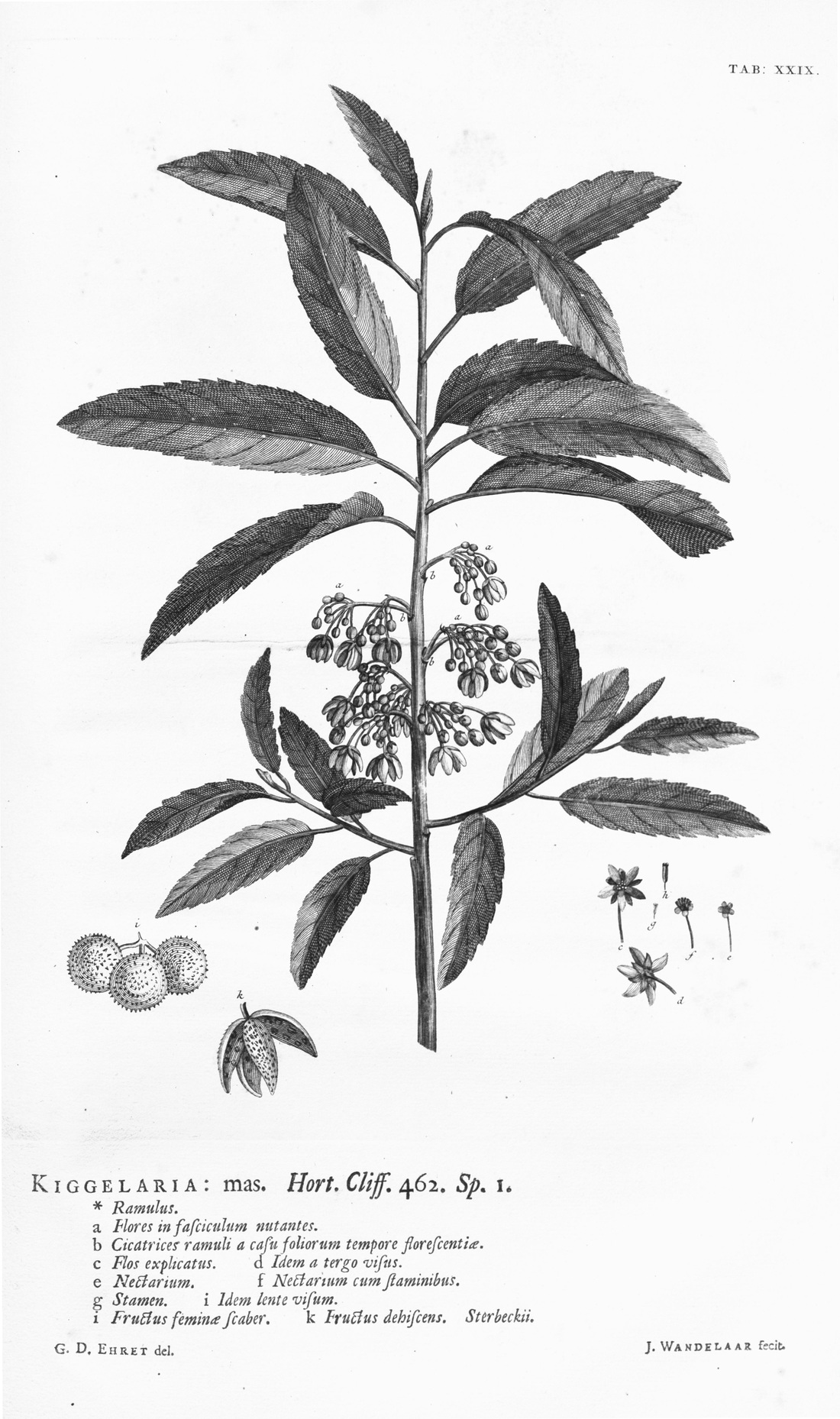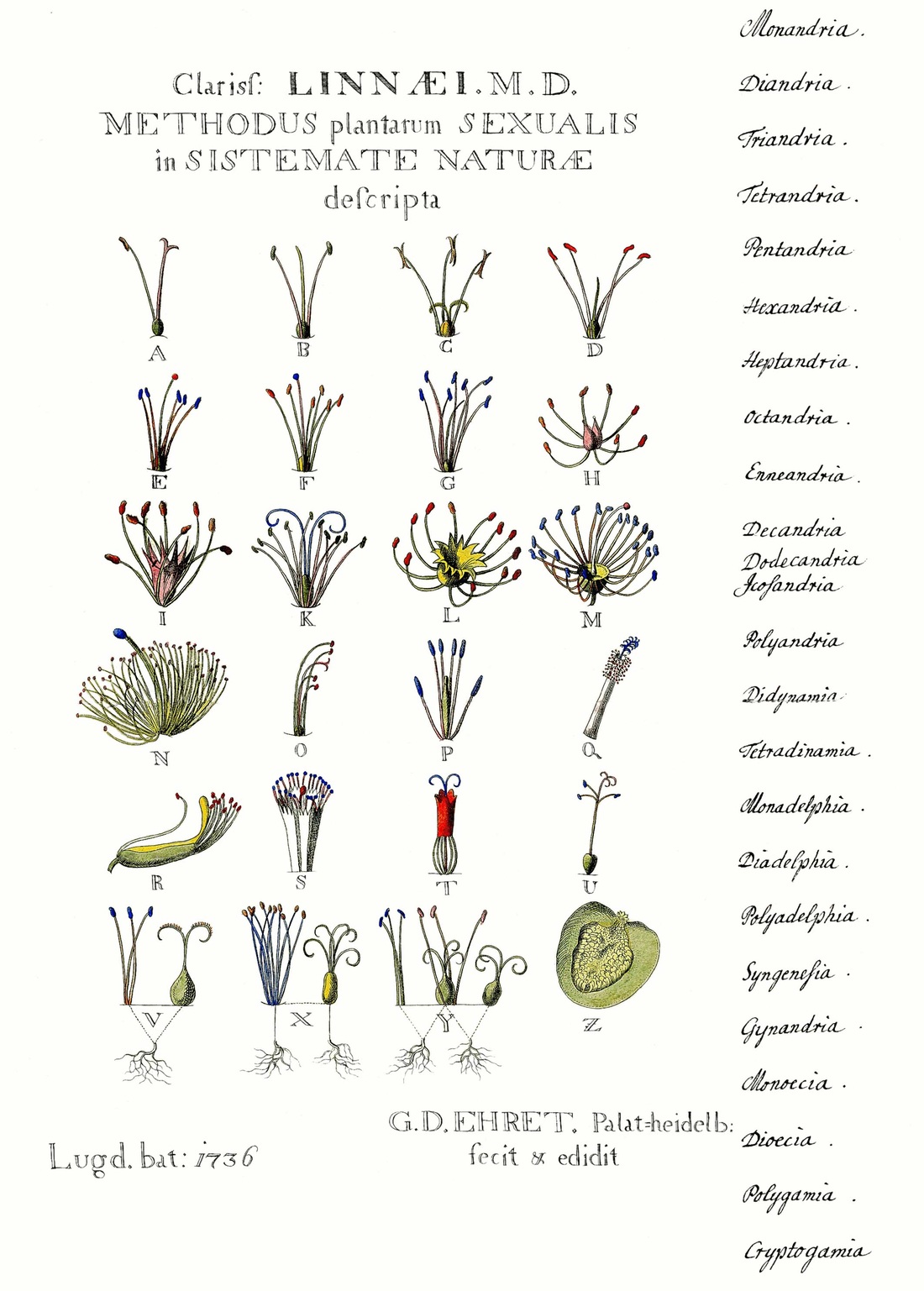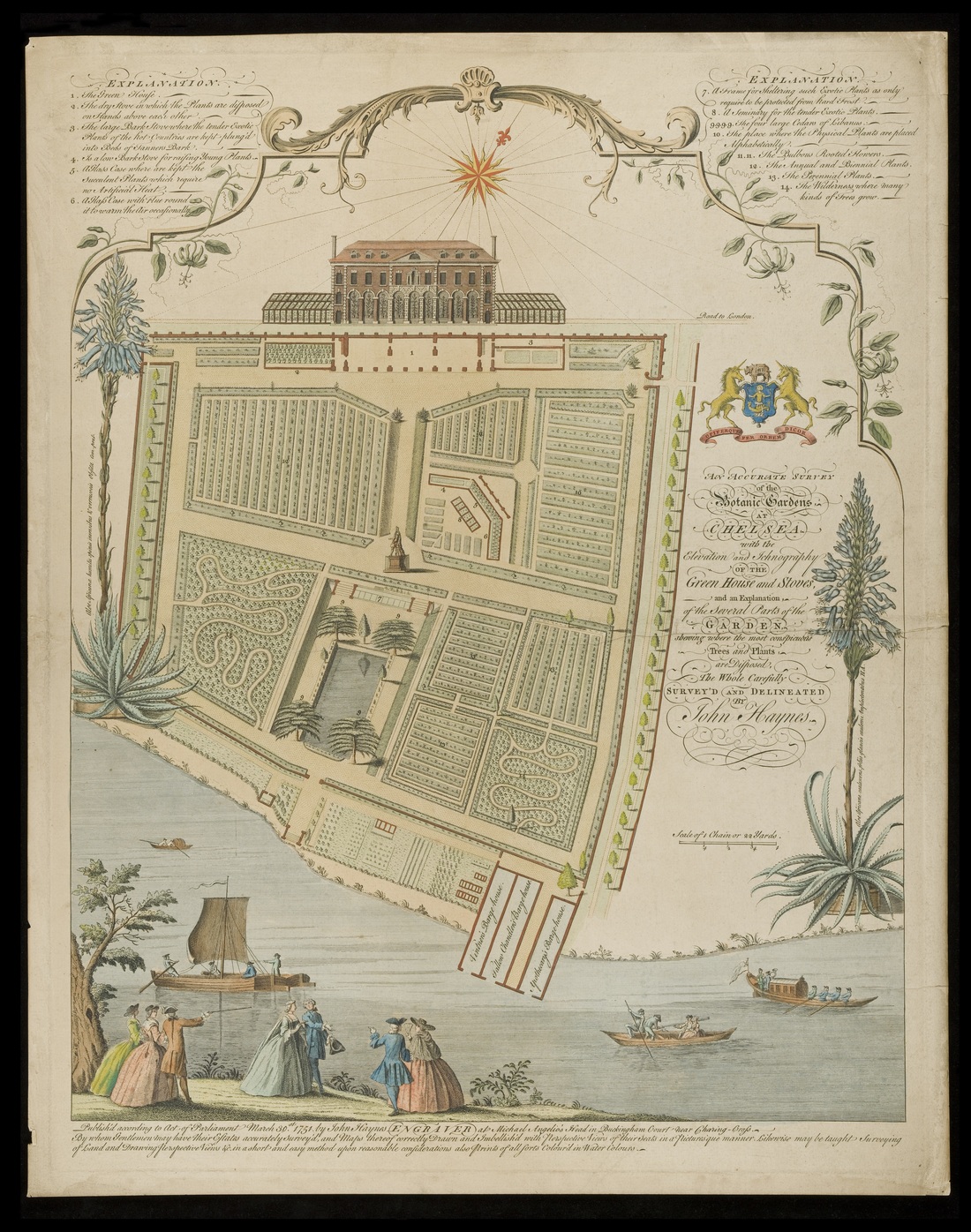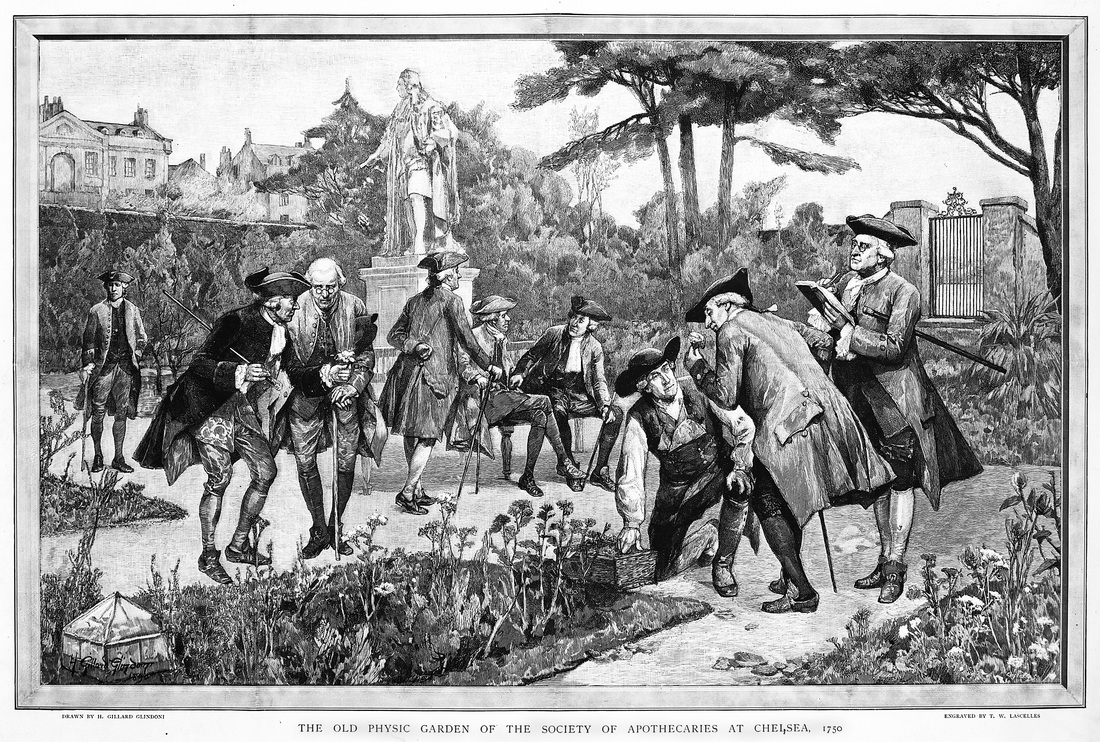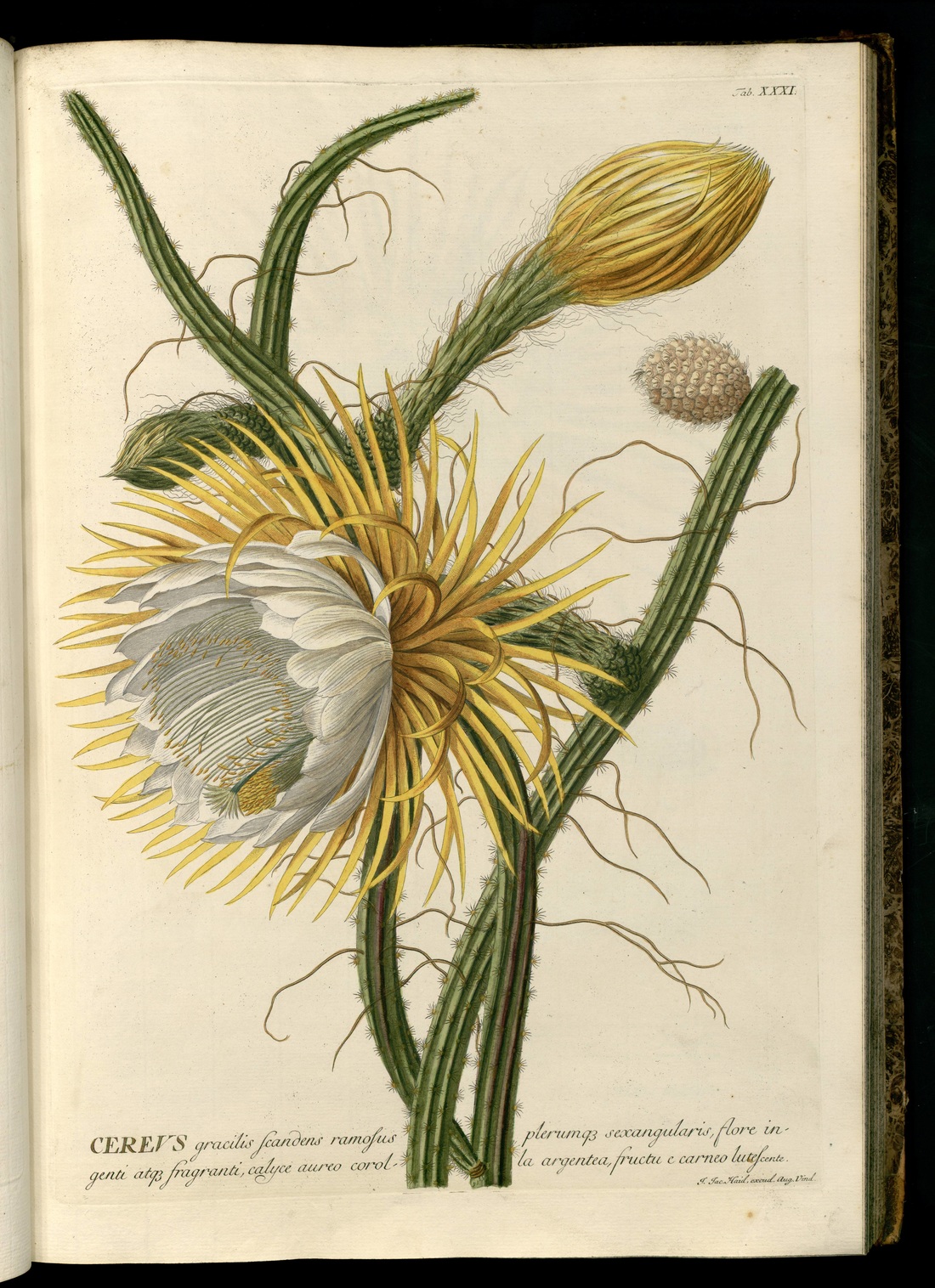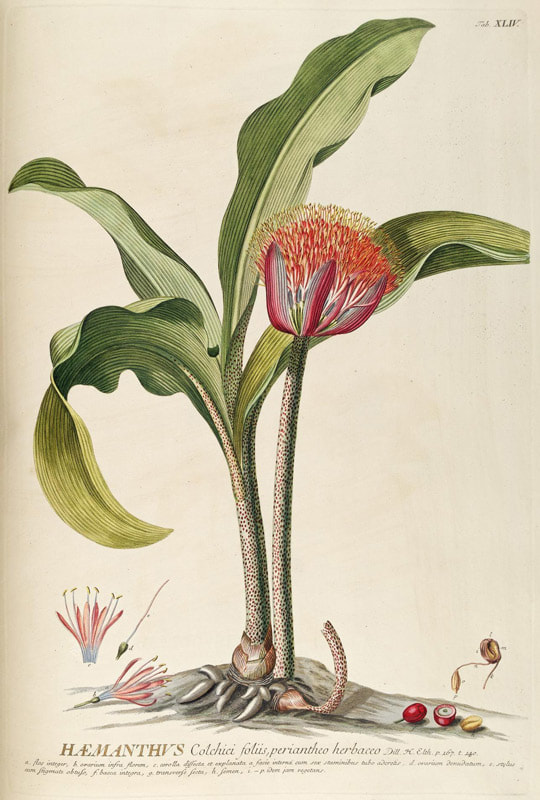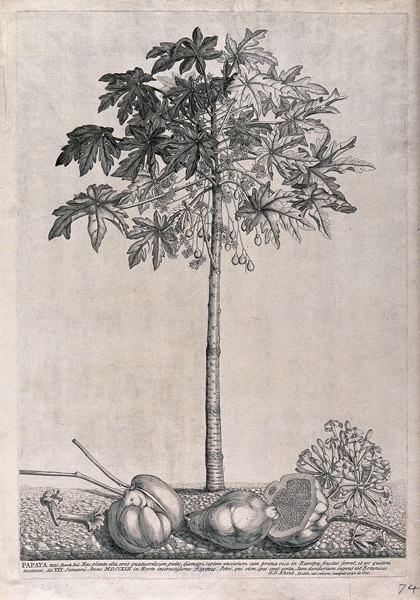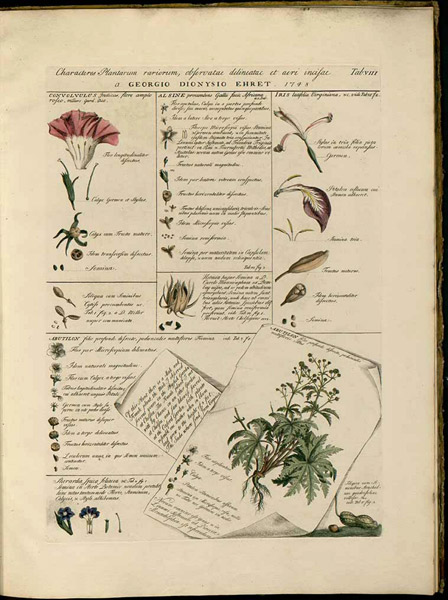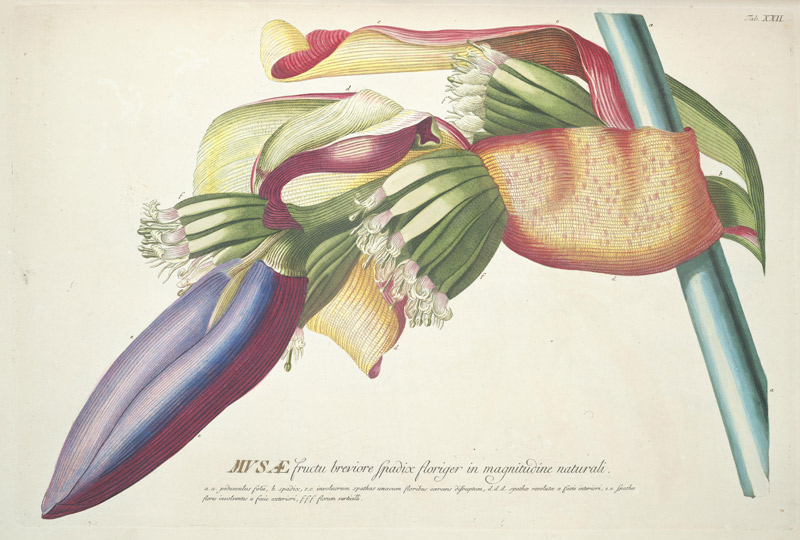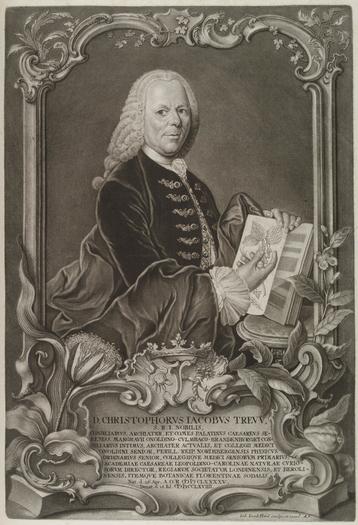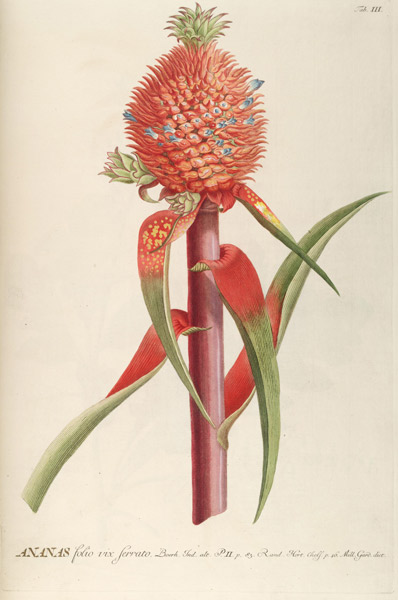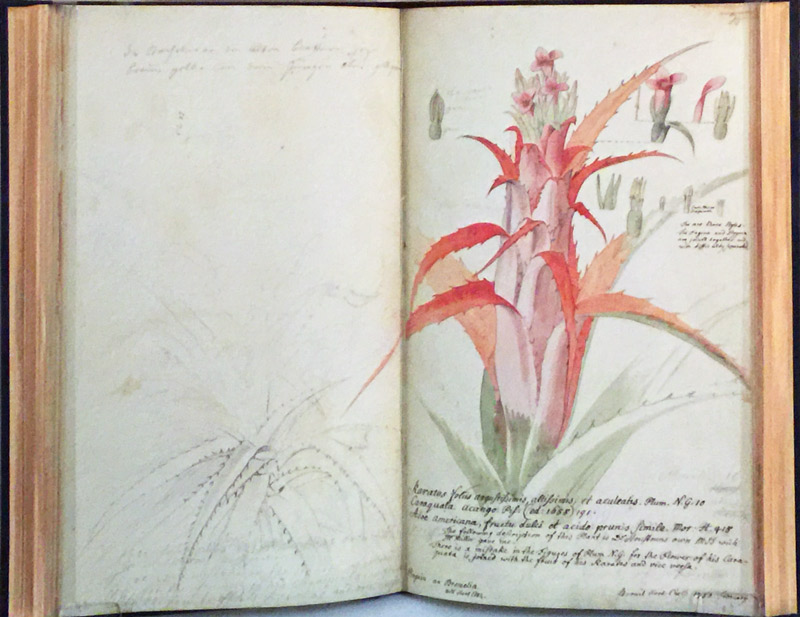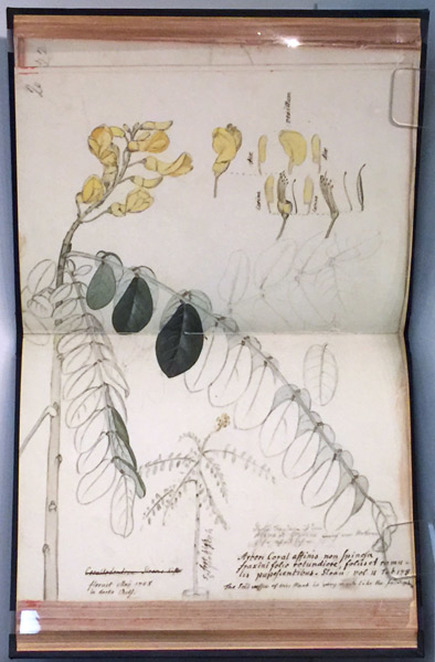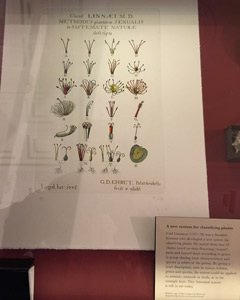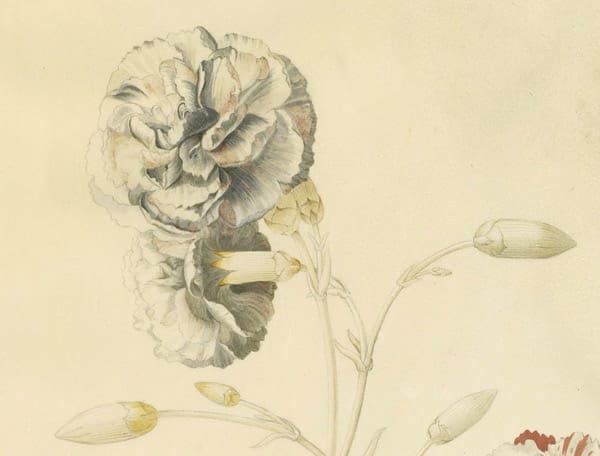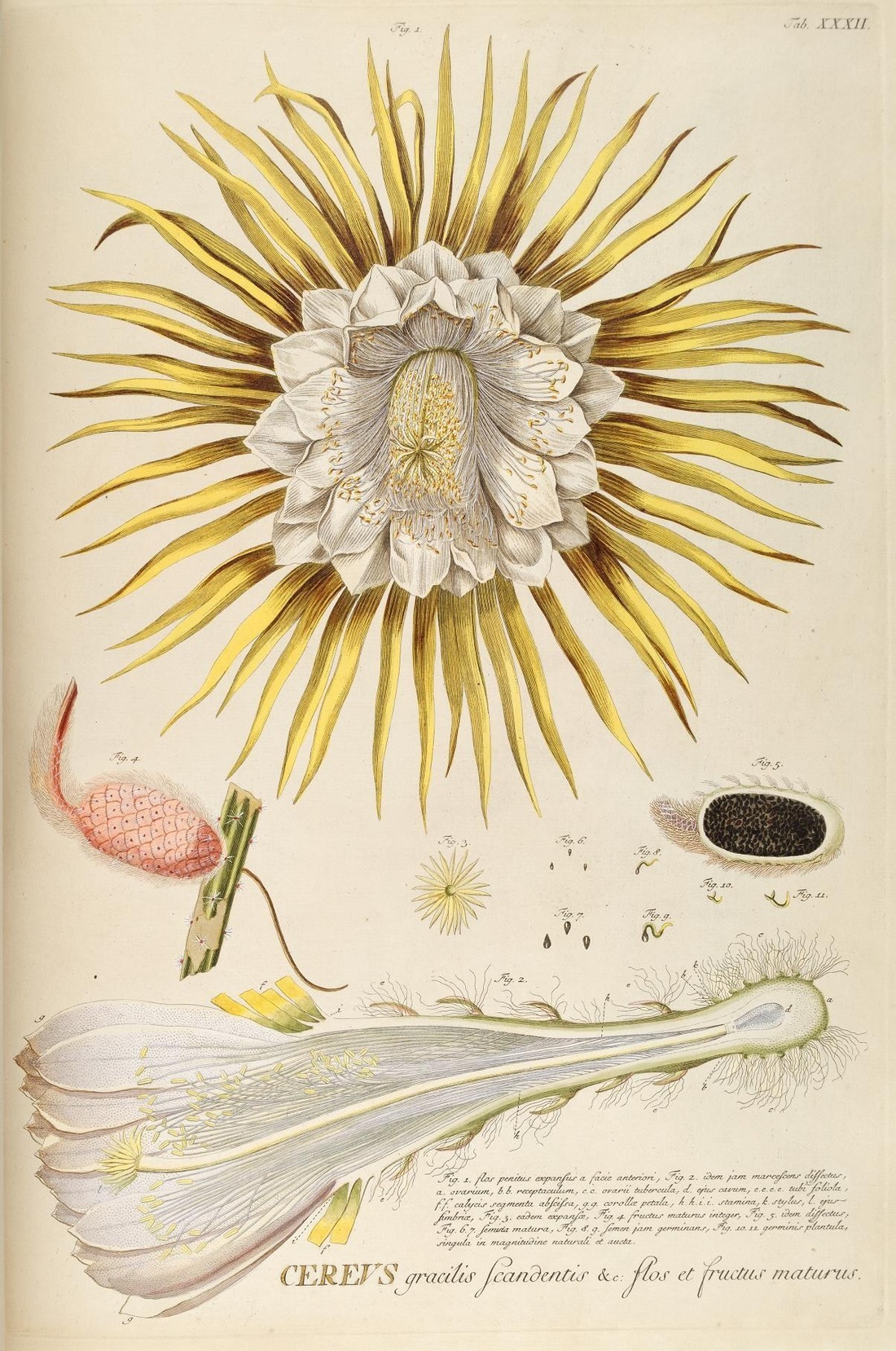- Home
- NEWS
-
HISTORY
- What is Botanical Art?
- What is Botanical Illustration?
- Botanical Art History Books >
- Herbals
- Florilegia and Flora
- Patrons of Botanical Art >
- Past Masters - Botanical Art and Illustration >
- Famous Asian Botanical Artists (600-1900)
- 20th & 21st Century Botanical Artists >
- Botanical Photographers
- Botanical and Herbal Art Online
-
ARTISTS
- Botanical Artists in the UK
- Botanical Artists in North America
- Botanical Artists in Europe
- Botanical Artists in Australia and New Zealand
- Botanical Artists in Asia
- Botanical Artists in Africa
- Botanical Artists in Latin America
- Botanical Printmakers, Photographers, Sculptors et al
- The Jill Smythies Award
- Botanical Artists on Facebook
- Botanical Art Blogs
-
Exhibitions
- Calls for Entries - OPEN exhibitions
- Online Exhibitions >
- RHS Botanical Art & Photography Shows >
- The Shirley Sherwood Gallery of Botanical Art >
- Hunt International Exhibition of Botanical Art & Illustration
-
UK
>
- North America >
- Europe >
- Australasia >
- Asia >
- Africa
- ARCHIVE: World Wide Exhibition of Botanical Art 2018
-
Education
- NEW BOOKS about Botanical Art and Illustration >
-
Best Botanical Art Instruction Books
>
- Tips and Techniques >
- Botanical Art Video Tips >
- Online Botanical Art Instruction >
- International Directory: Botanical Art Teachers
- International Directory of Botanical Art Courses >
- Artist Residencies, Scholarships and Bursaries
- Diplomas and Certificates >
- Distance Learning Courses
- Talks, Lectures & Tours
- Botanical Education on Facebook
- Materials
- Groups
-
Botany
- Why botany matters to artists
- Botany Books for artists >
- Scientific botanical illustration
- Plant Forms and Anatomy
- Plant Evolution and Taxonomy
- Plant Names and Botanical Latin
- Botanical Dictionaries
- How to Identify Plants
- Recording a Plant / Sketchbooks >
- Botanic Gardens & Herbaria >
- Blogs about Plants and Flowers
- Contact
Introducing Georg Dionysius Ehret (1708-1770) - Botanical Artist
Georg Dionysius Ehret is one of the most influential botanical artists of all time due to his development of the Linnaean style of botanical illustration.
|
He was also a prodigious artist who produced an enormous number of high quality illustrations for various botanical publications and plant collectors.
He was a German-born artist who initially worked as a journeyman-gardener. He spent his early career travelling and working across Europe prior to working closely with Carl Linnaeus at the time the latter was developing his system of binomial nomenclature - and illustrated his findings. In 1736, he moved to England and became much sought after by premier botanists and collectors to record their rare plants. By 1750 he was the leading botanical artist in Europe. This page provides:
|
About Georg Dionysius Ehret
|
Georg Ehret was regarded as one of the best botanical artists of his day - if not the best.
One special claim to fame is that he worked early on with Carl Linnaeus at the time Linnaeus was developing his work on classification and binomial naming. His style of botanical art - still in use today - is referred to as the Linnaean style. George Ehret illustrated many of spectacular plants for the Royal Botanical Gardens at Kew. In particular, he illustrated the exotic plants, which had recently arrived in Europe and which appeared strange to English eyes. He was also able to access the collections of the exotic plants collected by wealthy plant enthusiasts and drew the unusual plants that grew in their hothouses His work appeared in a variety of publications on the rare and exotic plants, most notably the Plantae Selectae (1750-73). Ehret used sketchbooks to record his plants from life before producing larger paintings in his studio. Some of his sketchbooks have been preserved within collections and demonstrate his high level of competence and botanical knowledge. |
A Biographical Timeline
Timeline: 1708 - 1733
Living and working in Germany, Austria and Switzerland - the gardener becomes a botanical artist
|
1708 (30th January) - Born in Heidelberg in Germany. His father, Ferdinand Christian Ehret has a smallholding and cultivated garden produce. He had a talent for drawing and before he died he taught young Georg to draw..
Ehret was apprenticed to his uncle at Bessungen who was also a gardner for three years. He described it as "three years of slavery" and had little time for leisure but drew in his spare time when he could. His father died and his mother Anna Maria Ehret subsequently remarried a man called Kesselbach who looked after the two gardens of the Elector Palatine of Heidelburg Ehret worked as a gardner for two men with gardens and extensive collections of plants
[Note: The Karlsruhe Botanical Gardens (Botanischer Garten Karlsruhe) can be visited today] |
Once, a young gardener would have learnt all he needed to know under the guiding eye of an experienced head gardener, and the patronage of a garden owner who didn't need to look too closely at the wages bill. Working his way from apprentice to journeyman, a gardener learnt on the job and relied on the close-knit club of the head gardeners to find a suitable vacancy. |
|
1727: August Wilhelm Sievert arrived at the castle; he had been engaged to paint the plants. Ehret hoped to learn how to paint plants in watercolour but was only allowed to grind the colours for Sievert. However his presence and paintings stimulated Ehret to experiment and he painted portraits of tulips and hyacinths which he then presented to his employer. However the preferential treatment he received as a result created tensions with the other staff and he had to leave when their jealousy created quarrels and became intolerable. He left the employment of the Margrave - but with an invitation to return whenever he wished.
1728 - At some point between 1728 and 1733, Ehret switched permanently from being a journeyman gardener to somebody who painted plants. He left Karlsruhe with his brother for Vienna via Regensburg. While his brother continued to Vienna, a celebrated gardener at Regensburg introduced Georg to two individuals who wanted an artist to paint plants. He was engaged by the apothecary Johann Wilhelm Weinmann to prepare drawings for his Phytanthoza Iconagraphia but was treated very badly in Ehret's opinion. He was engaged to draw 1,000 figures of plants for 50 thaler per annum plus free bed and board in the apothecary's house. He finished 500 pieces in the first year but was told he would only get 20 thaler as he had not completed his contract - and Ehret left. (He subsequently tried to recover the money he felt he was owed). Ehret went straight from Weinmann to work for a Regensburg banker called Leskenkohl who wanted an artist to paint the plants in his garden. One of his other tasks was to colour plates c. 800 engravings from the Hortus Indicus Malabaricus - published in 12 volumes. Ehret spent 5 years on the first three volumes and received 100 thaler. He also continued to develop his knowledge of botanical art (in the banker's collection), botanical knowledge and drew the plants native to the area. He chose not to finish the job as he estimated it would take many years and his encounter with Dr Trew stimulated ideas about what he could be doing instead. |
He developed a collection of pictures of local plants called the Herbarium Vivum Pictum. (This is a generic term and this is Wikipedia's description of a Herbarium Vivum and ways in which people recorded plants)
1731 - An auspicious meeting took place which changed botanical art forever. Ehret met Johann Ambrosius Beurer (1716-54), a young apprentice apothecary who was very interested in botany. Beurer took lessons in paintings plants from Ehret and the two of them studied local plants. Subsequently Beurer corresponds with his cousin Dr Trew and mentions that he knew a young man who drew and painted plants and praises his skills as an artist. He subsequently becomes an intermediary between Trew and Ehret. This results in a proposal to create paintings for Dr Trew. Ehret was by this stage very clear as to the value of his work and asked for one thaler if work was regular - but made it clear that he usually charged 2-3 thaler. Given his past experienced and collection of fees we can assume that by this stage he'd learned how to be business-like! Trew facilitated the sale of Ehret's Herbarium Vivum Pictum to Dr Widmann who agreed to pay in quarterly instalments of 50 thaler each. (Note: This collection is now known as Deliciae Botanicae (1732). It belonged at one point to Lord Derby but has since been acquired by Liverpool Museum) 1733 - Met the physician, scientist, botanist and scholar Dr. Christoph Trew (1695-1769) in Nuremburg (who was the German equivalent of Hans Sloane). He subsequently became both his patron and influenced his career path due to the people he knew in England. Dr Trew was to instil in him the value of wide travel and instruct him in all the exciting developments of botany: the introduction of new species from the Near East and America, the attempt of European scholars to put order into the ever-growing material of plants. the exchange of ideas and of natural objects between scientists. 1733 - In October, he got employment for a year in Basel, laying out a garden for a wealth merchant Samuel Burckhardt. The latter got him a passport (as the political situation became strained) to enable him to travel in France and Holland. This and introductions to important collectors formed the basis for his next move.
|
Timeline: 1734-35 - Studying in France and learning to paint on vellum
|
1734-35 - Spent time in France. People he met on his travels provided him with letters of introduction to the Jardins du roi. Subsequently he secured a room in the gardenhouse of the Jardin Royal des Plantes for the winter of 1734-5. His work was based mostly at the Jardins les Plantes in Paris.
This is where he learned to paint on vellum, a practice which he would continue to use for the rest of his life. In France he would have access to and was introduced to the work of
|
Bernard du Jussieu taught him. He also persuaded him that the gardens in England would provide him with the material for his work. He supplied him with Letters of Introduction and a passport signed by the King.
|
Timeline: 1735-36 - First visit to England
To Mr Mortimer, doctor of medicine and secretary of the Royal Society Ehret left France for England in 1735 and spent 12 months there. He met
However commissions were slow and in 1736 he left England for Holland. [Note: he subsequently married Miller's sister-in-law.] |
Timeline: 1736: Working with Carl Linnaeus on Hortus Cliffortianus and Systema Naturae
|
1736 - Early in 1736, he arrived in Holland from England.
Initially he spent a month in Leiden, probably visiting and drawing in the botanical garden Met the Swedish physician and garden manager, Carl Linnaeus. This was the beginning of a lifelong friendship. Ehret began to work with Linnaeus at the De Hartecamp Estate of George Clifford (1685-1760), south of Haarlem. Clifford was a rich Amsterdam banker who was also governor of the Dutch East India Company. He was able to be a patron of and employ those who worked with plants. Ehret introduced himself to Clifford by showing him drawings he had done of plants newly introduced in England and Clifford bought all his drawings for 3 guiders each. Ehret was then commissioned by Clifford to draw living and dried plants at the garden at at De Hartecamp Linnaeus also worked at De Hartecamp between 1735 and 1737 created the foundations for modern biological nomenclature (now known as binomial nomenclature) associated with systematic differentiation of morphology. Linnaeus was able to show Ehret precisely how he wanted plants to be dissected and drawn - although Ehret considered that his was of drawing was well developed before he met Linnaeus. Ehret helped Linnaeus document the systematic differences between plants. for his publications. Note: Correspondence between Linnaeus and Ehret was bequeathed by his family to the Linnean Society. The Hortus Cliffortianus
Linnaus's first book which employed his new system was the Hortus Cliffortianus (published in 1738 - after Ehret left Holland). This marked the beginning of a new era of botanical morphology and the naming of plants using botanical Latin - and the so-called golden age of botanical illustration. He worked hard to finish it - as did Ehret in respect of his illustrations which were included in it. Ehret created 20 of the 24 plant portraits in just over the month. There is something of a dispute as to who taught Ehret of the importance of drawing the small and minute parts of a plant. Linnaeus claimed he did. Trew suggested otherwise. Either way, Ehret's memoir suggests he resented being treated as a common draughtsman. REFERENCE: Hortus Cliffortianus
|
|
Systema Naturae
Linnaeus published the first edition of his Systema Naturae while living in the Netherlands. The diagram made in 1736 by Ehret formed part of that publication. The speculation is that Georg Dionysius Ehret wrote the classification names along the right edge and also applied the colour. The impact of working with Linnaeus is that Ehret developed a profound knowledge of plant structure which he put to good use when developing his drawings and paintings of plants and flowers in the years that followed. A single drawing of "Methodus Plantarum Sexualis" in a glass and wooded frame is the original watercolour for the plate of Linnaeus' "Systema Naturae" (1736) and is now held by the Natural History Museum in London. Towards the end of his stay Ehret visited Amsterdam and visited the botanical garden - and decided he preferred the English ones. He also wanted to return to England so he could draw a new banana plant which was flowering in June.
REFERENCE: Systema Naturae
|
Timeline: Ehret in England (1736 - 1770)
The genius of Georg Dionysius Ehret (1708-1770) was the dominant influence in botanical art during the middle years of the eighteenth century
Wilfrid Blunt in The Art of Botanical Illustration
|
1736: Ehret moved to England and thereafter spent most of his career working in England - for various patrons.
He became much sought after as the botanical artist for various botanical publications. He lived initially with Philip Miller (1691–1771), curator of Chelsea Physic Garden from 1722 until the late 1760s. (see the plan of the garden below). |
|
|
Miller was also able to introduce him to other naturalists who were interested in plants e.g.
|
Miller produced a book called Figures of the most Beautiful, Useful, and Uncommon plants described in the Gardeners Dictionary (1755). This included illustrations of 300 plants from the Physic Garden and Ehret contributed 16 of the illustrations. His plates included cross-sections and insects associated with the pollination of individual plants.
|
Ehret's work is also supposed to have influenced images on Chelsea ware porcelain and ceramics of this era.
The "red anchor period" included tableware decorated with images of botanically accurate plants. These were reputedly copied from the eighth edition of Philip Miller's The Gardener's Dictionary (1752). PORCELAIN REFERENCE:
|
Most botanical renderings on these Chelsea pieces were taken from illustrations in Philip Miller's Gardener's Dictionary of 1754 and Figures of... Plants depicting specimens from the Chelsea Physic Garden, published in 1760, and from Plantae Selectae Quarum Imagines, after Georg Dionysius Ehret, published in 1750-1753. Usually the engraved design on the Chelsea porcelain plates is faithfully copied, including cross-sections of flowers or fruit as well as the particular insect instrumental in fertilizing the plant. |
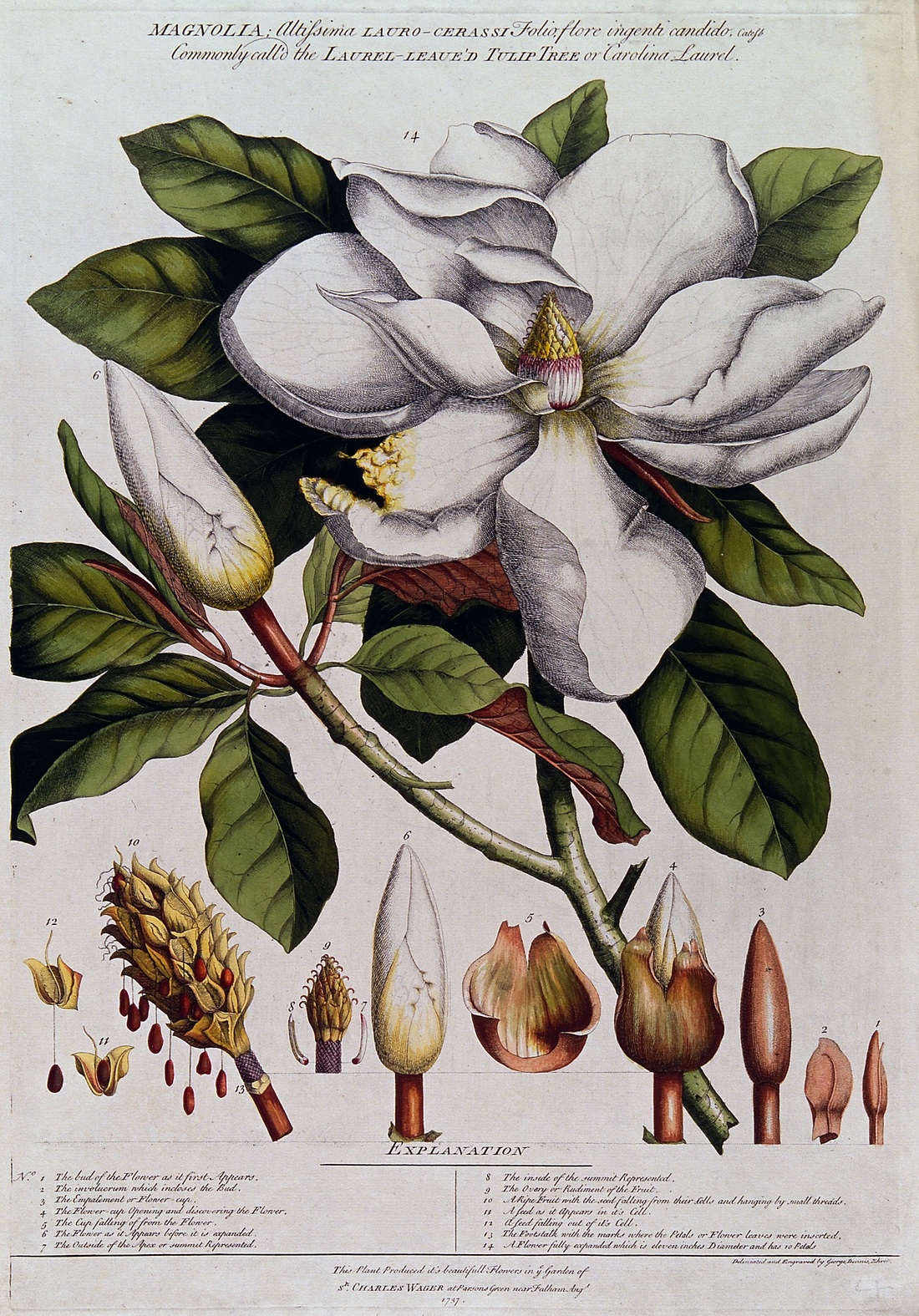
A Magnolia species (commonly called the Laurel Leaved Tulip Tree or Carolina Laurel): flowering stem with labelled floral segments, fruit and seed. Coloured etching by G. D. Ehret, c.1737, after himself. The tree featured in the print produced its flowers in the garden of Sr. Charles Wager at Parsons Green near Fulham, in August of 1737
|
1737 - Ehret was recommended by Collinson to Sir Charles Wager, First Lord of the Admiralty, who lived at Hollybush, a stately brick house, situated at the south-east corner of Parson's Green, Fulham. This was where Ehret observed the Magnolia grandiflora flowering in August 1737. Ehret travelled every day from Chelsea to observe all the different stages from bud to full flower. (see above). The species is identified as the Laurel Leaved Tulip Tree - or Magnolia grandiflora
|
A great part of the old building has been pulled down, and there are now scarce any traces of its former state. Bowack, who wrote an account of Fulham in 1706, describes the gardens as containing twenty acres of ground, and speaks of a tuliptree seventy-six feet in height, and five feet nine inches in girth (fn. 104). The greater part of this ground is now let to a market-gardener. |
|
1738: Married Susanna Kennet (d.1781) who was a sister of Philip Miller's wife.. They had three children but only a son called George Philip Ehret (1741-1786) survived.
Ehret was recognised as one of the artists illustrating the Hortus cliffortianus (published in 1738) - which was recognised as a critical and influential example of early botanical literature. 1748 - Began the publication of a book about flower engravings Plantae et Papiliones Rariores, published 1748-49 in batches and partly financed by subscriptions (an early example of crowdfunding!) See below. 1750: Established as a prominent artist in botanical illustration 1750 - created plates for his patron - Christopher Jacob Trew's Plantae Selectae, published in 1750 and Hortus Nitidissimus (published 1786). See below for more about Plantae Selectae See the Collection of 49 [50] watercolour drawings of plants on paper and vellum in mounts. | Natural History Museum 1757: Ehret was made a Fellow of the Royal Society 1770: Died age 62 on 9 September 1770 in Chelsea, London. According to the Natural History Museum, there are known to be some 3,000 of his drawings and paintings in collections. |
|
BIOGRAPHICAL REFERENCE:
|
Ehret: Flower Painter Extraordinary by Gerta Calmann
|
This is the very first book I bought about Ehret. It's a large and well produced book which includes facsimiles of both his drawings and paintings. It covers:
It's great for getting large pictures of his artwork - drawings, paintings and engravings. |
Hardcover: 160 pages
This is a BIG book - 33.5 x 24.4 x 2.3 cm 95 illustrations including 33 in colour Publisher: Phaidon Press Ltd; 1st edition published 25 Aug. 1977 Typically only available as a used book. The slip cover on mine is torn at the top - but it's not a big deal! BUY THIS BOOK Ehret: Flower Painter Extraordinary
Ehret: Flower Painter Extraordinary
|
Plantae et Papiliones Rariores (1748-49)
|
Plantae et Papiliones Rariores was drawn, etched and published by Ehret during 1748-49. It's been described as "an odd hybrid publication".
It wasn't a conventional florilegium - describing plants of a specific place and including lots of plates of flowers. Nor was it a proper scientific botanical document. Instead it introduced people to plants which were rare and exotic which many would have been unfamiliar with. It also presented species in odd ways - such as in a bouquet.. It also includes a table which demonstrates the various parts of dissected flowers. However it also includes a trompe-l'oeil style effect so that the table looks as if it has other botanical drawings laid on top of it. Today we wouldn't have any difficulty in recognising a graphical device to catch people's attention - but he was way ahead of his time! Reference: Plant Illustrations: Ehret, D., Plantae et Papiliones Rariores (1748) number of illustrations in this volume: 43
|
Draughtsmen, Botanists and Nature: The Construction of Eighteenth-Century Botanical Illustrations
by Kärin Nickelsen
by Kärin Nickelsen
|
This book provides an in-depth insight into Ehret and his contemporaries who were producing botanical illustrations for apothecaries and plant enthusiasts in the 18th Century at the time of Linnaeus.
It's an academic treatise (based on her doctorate on the origin, content and function of scientific drawings of plants ca. 1800). Nickelsen is particularly good at tracing how illustrations were developed by reference to the working practices of both botanists and botanical artists using contemporaneous correspondence. Prof. Dr. Kärin Nickelsen is Chair of the History of Science at Ludwig-Maximilians-Universität München |
Hardcover: 295 pages
Dimensions: 16.7 x 1.8 x 24.7 cm Publisher: Springer; Date: 2006 edition (22 Sept. 2006) This is now a VERY expensive book - new or used. I am very glad I bought my copy just after it was published! However it is also accessible via some specialist libraries. BUY THIS BOOK |
Plantae Selectae - Christoph Jacob Trew and Georg Ehret
|
The publication of Plantae Selectae was begun in 1750 and completed in 1773.
The four men responsible for Plantae Selectae are:
The book is 201 pages and the bulk of this are botanical illustrations by Georg Dionysius Ehret Trew had been purchasing Ehret's botanical paintings for some time and was his most important supporter. REFERENCE
|
|
Georg Dionysius Ehret's Artwork in Museums and Art Collections
|
Ehret's work is very impressive and much is preserved in excellent condition.
His artwork - sketchbooks, botanical illustrations and paintings - is typically in excellent condition and can be seen in various museums and art collections. His sketchbooks which cover the years 1746-1750 were obtained by Sir Joseph Banks who passed them on to the British Museum. They're now kept by the Natural History Museum and facsimiles are on public exhibition. The work relating to the 1740s can be inspected in the Prints and Drawing Room of the Victoria and Albert Museum. It has 94 drawings on vellum. The majority are drawn between 1743 and 1747 and portray garden favourites for that period plus some native wild flowers. Later works (after 1750) can be seen at the Herbarium Library at Kew Gardens. This includes the Ehret drawings included in the Arthur Church Collection. His work is also regularly on view in exhibitions of botanical art. Ehret's notebooks show his excellent botanical knowledge and are wonderful examples of scientific botanical illustrations drawn in the field |
Where can you see Ehret's artwork?
|
IN THE UK
|
IN THE USA
The Hunt Institute has also had two specific exhibitions of his artwork
|
Ehret's Flowering Plants (Victoria and Albert Natural History Illustrators Series)
by Gill Saunders (Author)
by Gill Saunders (Author)
|
This books draws on the collection of 90 watercolour paintings by Ehret in the permanent collection of the Victoria and Albert Museum - some of which were published for the first time in this book. Gill Saunders, the author, is also the Curator of the Design, Prints and Drawing Department. She is also author of Picturing Plants: An Analytical History of Botanical Illustrations. |
Hardcover: 64 pages
Publisher: Webb & Bower (Publishers) Ltd; First Edition published: 26 Oct. 1987 Typically only used copies are available to buy online Average Customer Rating out of 5 stars:
BUY THIS BOOK |
Ehret's artistic practices and preferred media
|
Ehret drew a lot from a young age. Over the years his output was prodigious!
Typically he both signed and dated drawings which enables a study of how his style changed over the years.
|
Ehret always preferred vellum to paper and body colour to transparent wash for his most important work |
Individual botanical artworks by Ehret
The following are examples of his artwork which you can see online in two collections.
(I'll be developing this section over time to highlight examples in other collections)
Victoria and Albert Museum
Royal Collection
(I'll be developing this section over time to highlight examples in other collections)
Victoria and Albert Museum
- American Turk's-cap lily (Lilium superbum) | Ehret, Georg Dionysus | V&A Search the Collections - Watercolour by G.D. Ehret depicting Turk's-cap lily, 1740s. Museum Number D.589-1886.
- American Turk's-cap Lily; Lilium superbum; Plantae Selectae | Ehret, Georg Dionysus | V&A Search
Botanical illustration, American Turk's-cap Lily, Lilium superbum. Hand-coloured engraving after a drawing by Georg Dionysius Ehret, engraved by Johann Hakob Haid for Christoph Jakob Trew's Plantae Selectae (Nuremberg, 1750-1773); - Bocconia; hand-coloured engraving after a drawing by Georg Dionysius Ehret, engraved by Johann Hakob Haid (1704-67); London; 1750; for Christoph Jakob Trew's 'Plantae Selectae' (Nuremberg, 1750-1773); proof of plate iv, part 1
- Bull Bay; Magnolia grandiflora L. | Ehret, Georg Dionysus | V&A Search the Collections
Botanical study of a Bull Bay (Magnolia grandiflora) by Georg Dionysius Ehret (1708-70); watercolour and gouache on vellum; London; 1743. Museum Number D.583-1886. - Cereus Cactus | Ehret, Georg Dionysus | V&A Search the Collections
Watercolour and gouache on vellum depicting Cereus Cactus by George Dionysus Ehret, 18th century.. Museum Number D.601-1886. - Botanical study, Christmas rose (Helleborus niger L.) and Winter Aconite (Eranthis hyemalis (L.) Salisb.) by Georg Dionysius Ehret (1708-70); watercolour and bodycolour on vellum; ca 1745; London
- Creeping Cereus; Disocactus flagelliformis (L.) Barthlott; Plantae Selectae | Ehret, Georg Dionysus Creeping Cereus (Disocactus flagelliformis (L.) Barthlott); hand-coloured engraving by Johann Jakob Haid after a drawing by Georg Dionysius Ehret (1708-70); 1752; proof of plate XXX, part 3 for 'Plantae Selectae...' by Christoph Jakob Trew (Nuremberg
- Watercolour and gouache on vellum depicting Daphne Mezereum with butterfly by George Dionysus Ehret, France, 18th century.
- Oswego Tea-plant; Monarda didyma L.; Leonurus Canadensii Origani folio | Ehret, Georg Dionysus | V&a
Botanical study, watercolour drawing of an Oswego Tea-plant or Bergamot, Monarda didyma, Georg Dionysius Ehret, about 1740, made in London; British.. Museum Number D.588-1886. - Papaya; Carica papaya L.; Plantae Selectae | Ehret, Georg Dionysus | V&A Search the Collections
Papaya (Carica papaya L.); hand-coloured engraving after a drawing by Georg Dionysius Ehret, engraved by Johann Hakob Haid (1704-67); London; 1750; for Christoph Jakob Trew's 'Plantae Selectae' (Nuremberg, 1750-1773); proof of plate vii, part 1. Muse - Perroquet Rouge; Parrot Tulip | Ehret, Georg Dionysus | V&A Search the Collections
Parrot Tulip (Tulipa gesneriana) or Perroquet rouge by George Dionysius Ehret (1708-70); watercolour and bodycolour on vellum; 1744; England. Museum Number D.582-1886.
Royal Collection
- Witch-hazel | Royal Collection Trust
A watercolour of two crossed branches of the shrub with green, serrated leaves, cream coloured, spidery flowers and a brown seed pod with black seeds. - Chamaerhododendron lauri folio and Chamaerhododendron sempervierens foliis oblongis | Royal Collecti
A watercolour of two plants. To the centre a branch with wide, large, green leaves and a large pinkish-white flower head. In the background, top right, is a plant with grey-green pointed leaves and a cluster of small, pink flowers. - Chamaedaphne [Mountain laurel Kalmia latifolia L.] | Royal Collection Trust
A watercolour of branch - Anona fructu lutescente | Royal Collection Trust
A watercolour of a branch with fruit and two separate studies of a bean or seed and a sprig of creamy white flowers and green leaves. - Orchid | Royal Collection Trust
A watercolour of a green plant with long, wide, deep green leaves and a yellow and orange flower. - Silky Camellia | Royal Collection Trust
A watercolour of a sprig of bright green, serrated leaves and white flowers with five petals and pink, fluffy centres. A separate study of the seed pods and brown seeds. - Gardenia augusta (cape jasmine), gouache on vellum, Georg Dionysius Ehret, 1760 - gouache on vellum
|
British Museum
The collection comprises original watercolours on vellum.
|
The plant was drawn in 1740 in the garden of Baron Petre of Writtle at Thorndon Hall, Brentwood, Essex. Petre was a famous botanist whose garden was renowned for its rare plants, in particular those introduced from America. This specimen was produced from seed imported from America and flowered as drawn in its first year. Petre died of smallpox in 1742 at the age of 29. |
Natural History Museum Images
Images of works in the permanent collection are only accessible via the Images website. They include:
Images of works in the permanent collection are only accessible via the Images website. They include:
- Cedrus libani, cedar of Lebanon
- Pinus pinaster Aiton, cluster pine
- Picea glauca (Moench.) Voss., white spruce
- Picea glauca, white spruce
- Salix alba L., willow
- Pinus palustris Miller, long-leaf pine
- Magnolia grandifolra, southern magnolia
- Colocasia esculenta, taro
- Ananas sativas
- Aloe succotrina, fynbos aloe & Aloe vera, true aloe - Sketch 249 from the Ehret Collection of Sketches (unbound)
- Gentiana acaulis, stemless gentian - Plate 50 from the collection of original drawings and sketches
More Famous Botanical Artists of the Past
- Past Masters of Botanical Art and Illustration - European artists 1500 - 1900
- Famous Asian Botanical Artists 600-1900
- 20th Century Botanical Artists (now deceased)
Resources about Botanical Art and For Botanical Artists
ABOUT: About the Author | Contact | Testimonials | Privacy Policy COPYRIGHT 2015-22: Katherine Tyrrell all rights reserved.
|
NEWS
News Blog about artists, awards, exhibitions etc. |
EXHIBITIONS
- Calls for Entries - Exhibitions around the world - Online Exhibitions - RHS Exhibitions - Hunt Exhibitions ORGANISATIONS
- Botanical Art Societies - national / regional / local - Florilegium & Groups - Botanical Art Groups on Facebook |
EDUCATION
- Tips and Techniques - Best Botanical Art Instruction Books - Directory of Teachers - Directory of Courses - Online Botanical Art Courses - Diplomas and Certificates - Talks, Lectures and Tours ART MATERIALS (Paper / Vellum) BOTANY FOR ARTISTS - Scientific Botanical Illustration - Best Botany Books for Artists - Plant Names & Botanical Latin BOTANIC GARDENS & Herbaria |
FEEDBACK
Please send me . - news to share - info. about exhibitions - any suggestions for what you'd like to see on this website ADVERTISE Contact me if you'd like to promote workshops and courses on this site. AFFILIATION This website is free to you but not for me! (See Affiliate Income below) |
|
Cookies, Personal Data & Privacy tells you how this site relates to and impacts on you and your privacy - and your choices.
Product & company names may be trademarks of their respective owners |
About Affiliate Income: This website has been created to share information not to make a profit. I am an Amazon Associate and earn from qualifying purchases (e.g. books from Amazon) which helps offset costs associated with maintaining this very large website.
|
- Home
- NEWS
-
HISTORY
- What is Botanical Art?
- What is Botanical Illustration?
- Botanical Art History Books >
- Herbals
- Florilegia and Flora
- Patrons of Botanical Art >
- Past Masters - Botanical Art and Illustration >
- Famous Asian Botanical Artists (600-1900)
- 20th & 21st Century Botanical Artists >
- Botanical Photographers
- Botanical and Herbal Art Online
-
ARTISTS
- Botanical Artists in the UK
- Botanical Artists in North America
- Botanical Artists in Europe
- Botanical Artists in Australia and New Zealand
- Botanical Artists in Asia
- Botanical Artists in Africa
- Botanical Artists in Latin America
- Botanical Printmakers, Photographers, Sculptors et al
- The Jill Smythies Award
- Botanical Artists on Facebook
- Botanical Art Blogs
-
Exhibitions
- Calls for Entries - OPEN exhibitions
- Online Exhibitions >
- RHS Botanical Art & Photography Shows >
- The Shirley Sherwood Gallery of Botanical Art >
- Hunt International Exhibition of Botanical Art & Illustration
-
UK
>
- North America >
- Europe >
- Australasia >
- Asia >
- Africa
- ARCHIVE: World Wide Exhibition of Botanical Art 2018
-
Education
- NEW BOOKS about Botanical Art and Illustration >
-
Best Botanical Art Instruction Books
>
- Tips and Techniques >
- Botanical Art Video Tips >
- Online Botanical Art Instruction >
- International Directory: Botanical Art Teachers
- International Directory of Botanical Art Courses >
- Artist Residencies, Scholarships and Bursaries
- Diplomas and Certificates >
- Distance Learning Courses
- Talks, Lectures & Tours
- Botanical Education on Facebook
- Materials
- Groups
-
Botany
- Why botany matters to artists
- Botany Books for artists >
- Scientific botanical illustration
- Plant Forms and Anatomy
- Plant Evolution and Taxonomy
- Plant Names and Botanical Latin
- Botanical Dictionaries
- How to Identify Plants
- Recording a Plant / Sketchbooks >
- Botanic Gardens & Herbaria >
- Blogs about Plants and Flowers
- Contact
